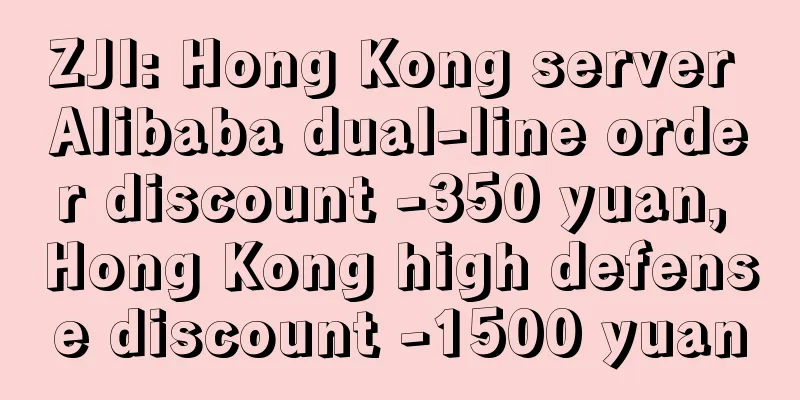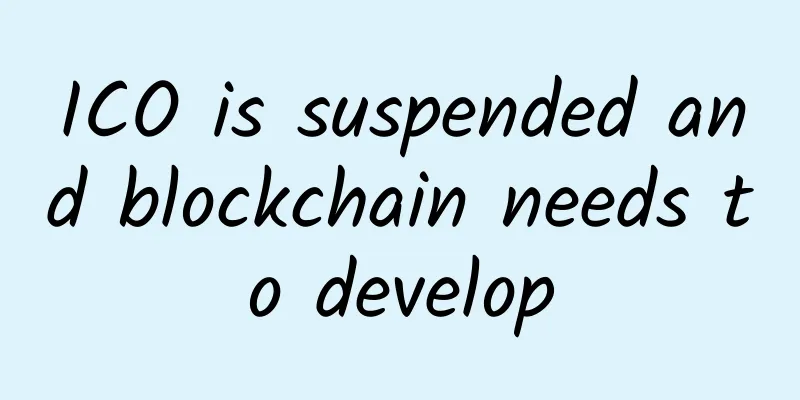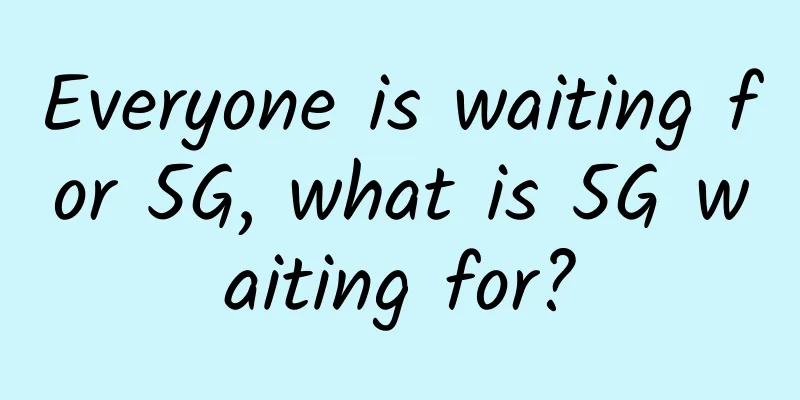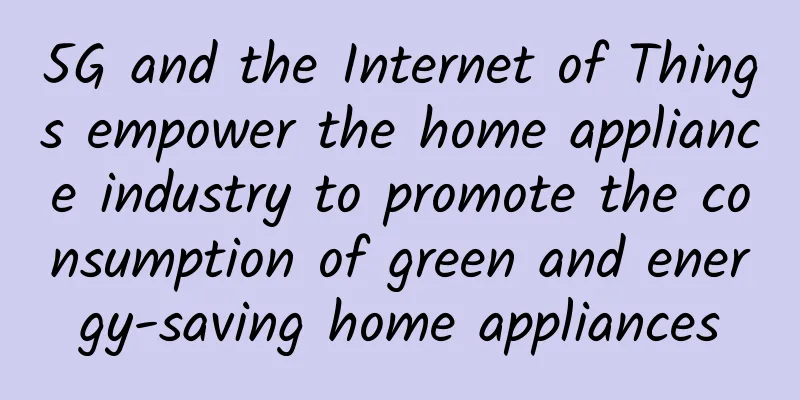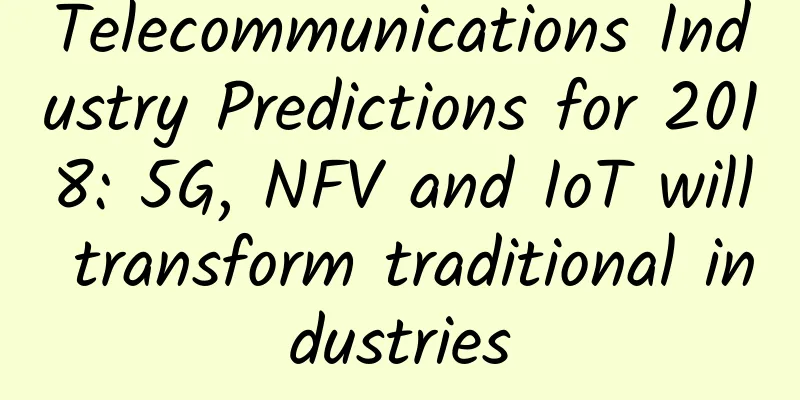Why can't the 5G package be changed back to 4G?
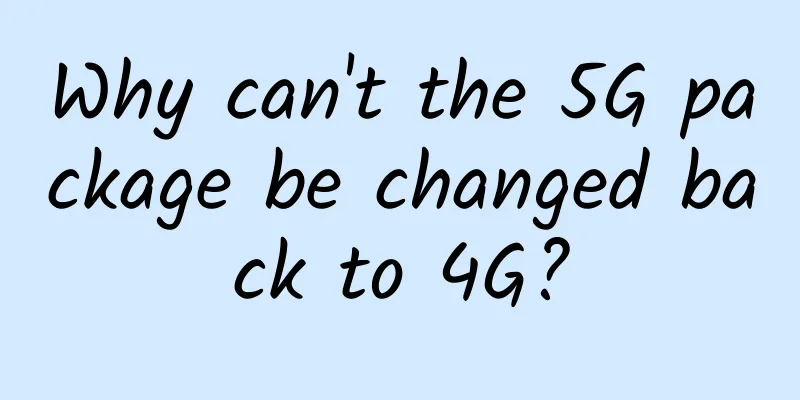
|
Recently, the "5G-forced" incident has been a hot topic. After many users complained that "in order to promote 5G packages, operators quietly removed low-priced 4G packages from the shelves", many media reporters found through logging into the mobile apps of the three operators that in some areas, major telecom operators have launched 5G packages, but at the same time cancelled the processing services of some 4G packages. If users need to apply for 4G packages, they can only go through offline business halls and telephone customer service. In some areas, telecom operators have even directly removed 4G packages from the shelves. In an instant, public opinion exploded and even intensified. In fact, such voices have been circulating for a long time, and this incident is just the result of long-term accumulation. Since the 5G license was issued, there have been constant voices that operators have reduced the quality of 4G services (including lowering 4G network speeds) to push users to upgrade to 5G packages. So, are operators promoting "consumption upgrade" by "downgrading services"? The package was removed from the shelves due to instructions from the ministry It is true that some operators have removed some 4G packages from the shelves, the types of 4G packages have been reduced, and similar ultra-low-priced preferential packages have been greatly reduced. However, this has no direct connection with "forcing" users to upgrade to 5G. First of all, the reduction of packages on sale was an action that started in 2019. In May 2019, the Ministry of Industry and Information Technology and the State-owned Assets Supervision and Administration Commission issued the "Notice on Carrying out a Special Action in 2019 to Deepen the Promotion of Broadband Network Speed Up and Fee Reduction to Support High-quality Economic Development" (hereinafter referred to as the "Notice"). The "Notice" pointed out that telecom companies should reduce the number of packages on sale by more than 15%. In this regard, Wen Ku, Director of the Information and Communications Development Department of the Ministry of Industry and Information Technology, once said: Users have the most demands on operators' tariff packages, such as a wide variety of packages, but they don't know how to choose, etc. Therefore, an important task of the Ministry of Industry and Information Technology and the three major operators in 2019 is to standardize package settings. According to Wen Ku, the standardization of package settings is mainly carried out from four aspects: first, reducing the number of packages on sale by more than 15%; second, encouraging companies to carry out pilot projects on tiered pricing and promote simple and freely combined packages; third, requiring companies to publicize fee lists in all business locations; and fourth, stepping up efforts to strictly investigate and restrict irregular behaviors that restrict old users from choosing new packages. Secondly, 5G is still in the "introduction stage" while 4G networks are already in the mature stage. Operators have stated on many occasions that in order to ensure the user experience of the majority, the coordinated development of 4G+5G will exist for a long time. At the same time, according to the financial report, the proportion of users with an average monthly consumption of "50 yuan" of the three major operators is very large. Compared with 4G packages, the "threshold" of 5G packages is slightly higher, with a minimum of 90 yuan. Industry analyst Fu Liang believes that it is impossible for operators to "give up" some large, medium and low-end users in order to expand 5G. Again, some 4G packages have been removed from the shelves. The reduction in the types of 4G packages does not mean that 4G packages cannot be obtained. Whether it is offline business halls or official apps, 4G packages are still on sale. Fu Liang believes that there are two main reasons for the removal of some special 4G packages. First, the competent authorities prohibit operators from engaging in vicious competition (specially discounted 4G packages are the product of vicious competition). Second, after the cancellation of traffic "roaming fees", traffic is no longer divided into local, provincial, and national, which means that different provinces and cities may compete with each other under the same operator, and the operator group company will introduce policies to restrict the sales of ultra-low-priced packages. “Being 5G” is not true In 2020, when 5G construction is in full swing and 5G mobile phones are emerging in an endless stream, reporters believe that many users are hesitant about whether to replace 5G mobile phones or upgrade 5G packages. In particular, the launch of the first 5G mobile phone, iPhone 12, has triggered a wave of phone replacement. After all, compared to the beginning, the entry threshold of 5G mobile phones has been lowered a lot, and the operators' 5G packages have also been optimized. In the reporter's opinion, users feel that they are "forced by 5G" mainly because 5G is developing very rapidly in the general environment. Operators are actively promoting 5G packages and developing 5G users. In addition, the 4G network they usually use is congested. At the same time, while users are hesitating about whether to "change phones", operators happened to adjust the APP interface and change some of the wording, which led to misunderstandings among users. At the beginning of last month, the reporter wanted to change to another package because the original 4G package was not affordable enough, so he started to operate in the online business hall. Indeed, the corresponding option is difficult to find on the APP. Then, the reporter had to call the customer service to handle it. At first, the customer service would recommend the discount of the 5G package and emphasize its good experience. However, when the reporter asked whether it could be changed to the 4G version of the "Dawang Card", the customer answered that it could be successfully handled once and for all, and it has taken effect this month. The reporter believes that "being controlled by 5G" is closely related to the imperfections of the operator's online business hall. In addition to not being able to find the entrance to change the package, when the reporter wants to check the traffic package included in the monthly package and cancel the previously customized automatic renewal traffic package, he also cannot find the entrance. He must call the customer service and choose manual customer service to perform the operation. So, why do some users report that they cannot change their 5G packages back to 4G? Fu Liang believes that one reason is that the contract between the operator and the user has not expired, and most of the current 5G packages are sold with contracts of more than one year. If the contract has not expired, users cannot change their packages. The second reason is that the original 4G packages have been discontinued. The Ministry of Industry and Information Technology requires operators to protect users' right to choose, which means choosing the packages currently on sale. Users will not be allowed to switch to packages that have been discontinued and are no longer sold. If there is no contract, users can change their packages, but some need to go to the operator's business hall to modify them. No need to upgrade the package, just change to a 5G phone and enjoy 5G speed In fact, as long as you change to a 5G mobile phone, under the condition of 5G signal coverage, even if the user is using a 4G package, there is no need to change the card, you can still access the 5G network and enjoy the 5G basic rate. It is understood that without changing the card or upgrading, changing to a 5G mobile phone to enjoy the 5G basic rate is the most basic "5G basic service" among the operator's 5G network service rights. For example, the download speed of a mobile phone in a 4G network is about 60Mbps. In a Wi-Fi environment, the download speed reaches nearly 100Mbps. The operator promises that if users have a 5G mobile phone and 5G network coverage, they can continue to use the 4G package to access the 5G network and use the 4G contracted rate, that is, a downlink rate of 300Mbps and an uplink rate of 75Mbps. Therefore, in a 5G network environment, using the same 4G package, the download speed of the same 5G mobile phone can reach more than 300Mbps, which is more than ten times that of a 4G network environment. It can be seen that operators who actively upgrade the network speed for users should not force users to upgrade their 5G packages. At the same time, in an era when the demographic dividend has disappeared and the scale of growth of the traditional telecommunications industry has reached its ceiling, if telecommunications operators continue to engage in vicious competition and do not return to value competition, they will continue to fall into the dilemma of "increasing volume but not increasing revenue" and their days will be numbered. Therefore, telecommunications operators will follow the trend of the new round of industrial transformation and pursue high-quality development, rather than being entangled in these means. It is understood that the 5G packages of the three major operators have been gradually optimized, packaging tariffs with content and Internet services to create more differentiated 5G services. At the same time, they also use "brand appeal" and "idol effect" to play different tricks in expanding user means. For example, China Mobile officially announced the strong return of the three major brands of Global Communication, M-Zone and China Mobile, and targeted the unique "circle culture" of Generation Z, using co-branded mobile phone numbers and cards of popular stars such as Cai Xukun and Zhang Yixing to strengthen the target audience's perception of the brand's trendy and cool position. China Unicom has completely renewed its brand image, proposed a new brand positioning of "creating a warm and intelligent life", renewed its brand slogan to "innovation, walking with wisdom", launched the "Lu Xiangban Card" co-branded with Lu Han, and launched the "Star Sharing Plan". China Telecom also officially launched the young customer brand "Youth Pie" and the "Youth Pie" Z generation exclusive online product "π Card", leading the trend of mobile Internet services for young groups and meeting the personalized demands of the young generation for mobile Internet services. |
<<: Let’s talk about 5G positioning technology
>>: In 2020, China accounted for more than 85% of the world's 5G connections
Recommend
You can experience high-speed 5G network without 5G package, the three major operators confirmed, netizens are happy
Is this the norm for most people now? They hold 5...
Architecture upgrades to prepare for 5G: 2018 network review
Looking back at the development of the network ma...
What does the battle for AI spectrum mean for 5G?
With the rapid development of smart cities, every...
BuyVM Mount Hard Drive Method (Block Storage Slabs)
This month we have shared information about BuyVM...
[11.11] LOCVPS top up 1000 yuan and get 100 yuan, Hong Kong VPS 30% off, 20% off for all
LOCVPS (Global Cloud) released a promotional plan...
Do you know how HTTP uses TCP connection? Today I will tell you
[[281789]] 1. How does HTTP use TCP connections? ...
Interpretation: Radio and Television "One Network Integration" and 5G Business
On the afternoon of March 2, the State Administra...
How does 5G unlock the development potential of VR?
In March 2014, Facebook announced that it would a...
Latest version of Riverbed SteelCentral performance monitoring platform released
Riverbed Technology recently announced that the l...
What stage have 5G, autonomous driving, and artificial intelligence reached? One picture can tell you
On August 29, Gartner, the world's most autho...
DirectAdmin changes the authorized IP
Recently, a VPS host changed its IP, and a DA pan...
NETSCOUT's OneTouch AT G2 is your network testing nightmare
[51CTO.com original article] Xiao Nie just return...
10 bad habits network administrators should avoid at all costs
Every enterprise network consists of devices that...
The Data Security Law has been officially announced! How to manage risks and protect sensitive corporate data?
On June 10, 2021, the "Data Security Law of ...
A funny story about three handshakes and four waves: How to seize the opportunity when you meet a girl you like?
I have a friend, Xiao Long, who confided in me: H...
